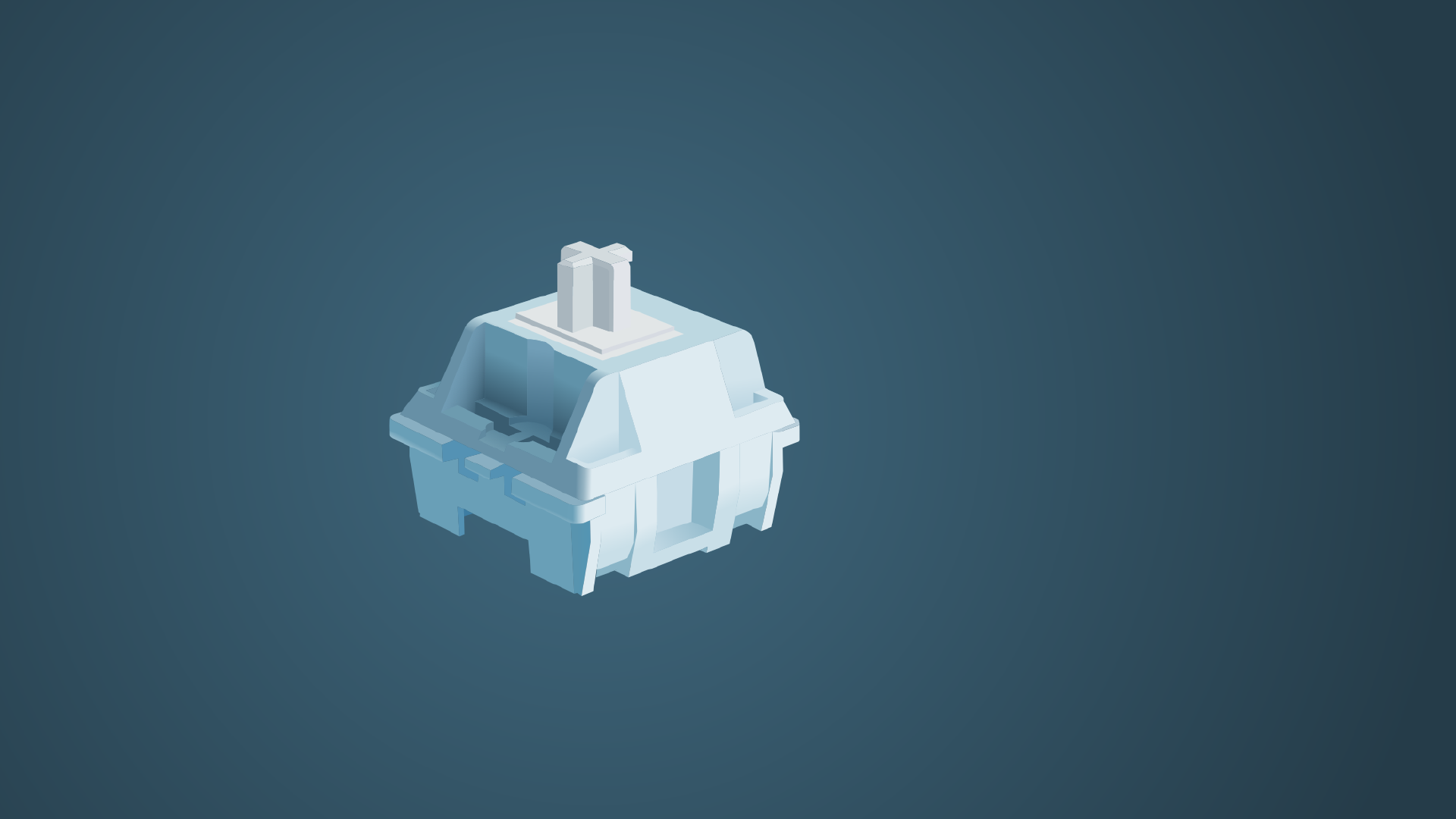Types of Mechanical Keyboard Switches and Their Differences
Mechanical keyboard switches come in various types and differences, depending on the switch manufacturer itself. This article will explain the main types and differences of mechanical keyboard switches.

Mechanical keyboards are a type of keyboard that uses mechanical switches to provide better responsiveness and a more comfortable typing experience. When choosing mechanical keyboard switches, it is important to understand the differences between the types of switches available. In this article, we will explain some common types of mechanical keyboard switches and their fundamental differences.
1. Linear Switches
Linear switches are a type of mechanical keyboard switch that does not have a tactile bump or an audible click when the key is pressed. The key moves smoothly from start to finish without any obstruction. Linear switches are ideal for users who want a smooth and fast typing experience. Some popular examples of linear switches are:
Cherry MX Red: A lightweight linear switch with low actuation force. Ideal for gaming and fast typing. Gateron Yellow: A linear switch with medium actuation force. Suitable for gaming and typing.
2. Tactile Switches
Tactile switches have a tactile bump that is felt when the key is pressed. When the key is pressed, you will feel a bump (a sense of resistance) that provides tactile feedback. This helps users understand that the key has been actuated. Some popular examples of tactile switches are:
Cherry MX Brown: A lightweight tactile switch with low operating noise. Suitable for general typing and gaming. Kailh Box Brown: A lightweight tactile switch with low operating noise. Suitable for general typing and gaming.
3. Clicky Switches
Clicky switches have a tactile bump and produce a distinct click sound when the key is pressed. The characteristic sound and response make them suitable for typing and provide clear audio feedback. Some popular examples of clicky switches are:
Cherry MX Blue: A clicky switch with a distinct click sound. Suitable for typing and general use. Razer Green: A clicky switch with a characteristic click sound. Suitable for typing and gaming.
Differences in Mechanical Keyboard Switches
The main differences between mechanical keyboard switch types lie in their response, actuation force, and sound produced. Here are some important differences to note:
- Response: Linear switches have a faster response because there is no tactile bump. Tactile and clicky switches provide feedback that helps users feel the key actuation.
- Actuation force: Each switch type has a different actuation force. Low actuation force on linear switches is suitable for fast typing, while medium actuation force on tactile and clicky switches can provide clearer feedback.
- Sound: Clicky switches produce a distinct click sound, while linear and tactile switches have lower operating noise. If you need a keyboard that doesn’t make much noise when typing, linear or tactile switches may be a better choice.
In addition to the differences above, there are also other differences in terms of the design and brand of mechanical keyboard switches that can affect user preferences. Some well-known brands in this industry include Cherry MX, Gateron, Kailh, and Razer.
Conclusion
When choosing mechanical keyboard switches, it is important to understand the differences between the available switch types. Linear, tactile, and clicky switches offer different typing experiences in terms of response, actuation force, and sound produced. Understanding your preferences in terms of response, actuation force, and sound will help you choose the right switch for your needs and personal preferences.